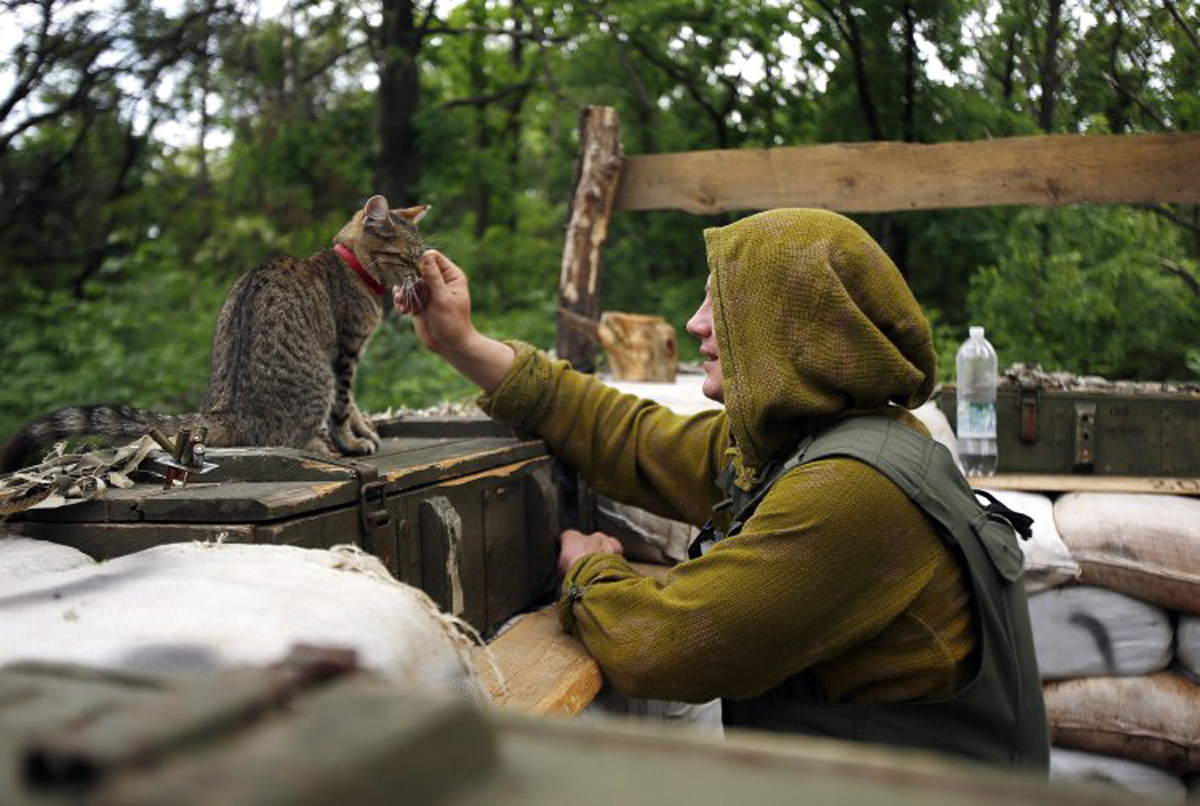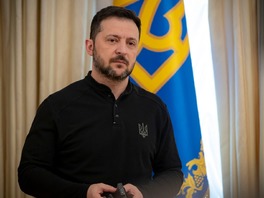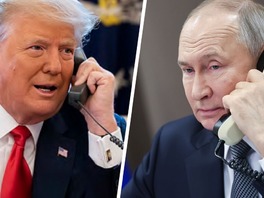The 29th attempt to establish a ceasefire along the contact line in Eastern Ukraine has finally become a success. Though still fragile and vulnerable, it has managed to ensure no new casualties since July, 27th in the area of a military standoff. Occasional firing is taking place, but the ceasefire is being observed. On average, 1-3 firing shellings are reported daily, compared to 15-20 before the ceasefire took effect. According to OSCE Special Monitoring Mission (SMM) a total of a hundred violations, restrictions, and impediments per day have been taking place before the end of July. The agreed ceasefire is about to make things different and is a game-changer in a protracted and dangerous conflict, which has been a number one issue for Ukrainian national and regional security. It opens up a new window of opportunity for diplomatic solutions and political dialogue.
Why Is this Ceasefire Important?
A stable ceasefire is a number one priority in the Minsk Protocol of 2014, which is still recognized by all parties as being the basis for resolving the conflict in Donbas. The document is pivotal to the whole process of managing the conflict.
Continued firing at the contact line impacts the conflict in several important ways. First, it generates and reinforces fear on both sides. It kills people, damages infrastructure, and brings about mutual mistrust. That, in turn, is a favorable environment for propaganda. The military conflict reinforces itself.
Secondly, it improves the position of spoilers. Violations of previous ceasefires were taken as opportunities by spoilers to blame the other side and reject any possible compromises because it is impossible to negotiate with murderers. The environment of a military conflict helps mobilize support for a more intense fight and uncompromised positions.
Thirdly, it undermines the political agenda of conflict settlement and reinforces the rhetoric of war. And, fourthly, it makes the perspective of any possible future resolution more distant. Protracted conflicts become self-fulfilling prophecies and reinstall mistrust and violence at every new turn.
The establishment and maintenance of a steady ceasefire have been a key condition for any further progress in political negotiations. The Minsk Agreements themselves, signed six years ago, have not been properly implemented because there was no stable ceasefire. Continued violence severely limited options for a peaceful settlement.
For quite a long time, Ukraine has been sticking to the principle of “security first”. Although Ukrainian understanding of it goes beyond just a ceasefire and also encompasses a withdrawal of Russian troops and the establishment of Ukrainian control over the border. It also includes a narrower interpretation of stopping shellings. For the government in Kyiv, it would be close to impossible to proceed with any substantial agenda for conflict resolution with continued violence at the line of contact. Thus, a ceasefire is paramount before any further steps are to be undertaken.
Why Did It Fail So Often?
For a very long time it was impossible to make an agreed upon ceasefire last longer than a few hours. 28 previous attempts failed. The question of “why?” has been central to numerous discussions among politicians, diplomats, and experts of all spheres in managing the conflict.
On the one hand, the confrontation has been institutionalized. It has got a life of its own, while its structure has been fixed. Political processes, trade channels, and groups of interests have been arranged accordingly. Protracted low-intensity conflicts may continue in such a form for an indefinitely long time.
On the other hand, it has been technically difficult to keep two large armies that are stationed direct contact silent for such a long time. Resources have been limited: the Joint Center for Control and Coordination (JCCC) was not functioning well enough, while SMM lacked the abilities to verify and seek compliance by all parties of the ceasefire. Field commanders on the contact line could take unilateral decisions, motivated by their own reasoning, making it very difficult to control them or keep them in check.

Finally, there have been strong spoilers present in the conflict. In Moscow, Donetsk, Luhansk , and Kyiv there are interest groups that are very willing to continue the conflict the way it was, because of political, economic or other benefits they stand to gain from it. The spoilers’ impact on the dynamics of the conflict has been underestimated so far, and overcoming their resistance has demanded way more effort than previously thought. For years it has been easier and safer to leave everything as it was.
But things have changed. It seems now that all stakeholders stand to benefit from even minimal progress in peace talks. Kyiv needs a positive agenda for Donbas on the eve of local elections. Moscow may be feeling additional pressure against the background of the whole set of problems of 2020: internal political transformations, lack of resources, and crises in the post-Soviet space. Continuation of the conflict in a more violent form may become too risky for Moscow. There is a growing need, possibly temporarily, for a dialogue, which can’t come about without a stable ceasefire.
What’s Next?
A lasting ceasefire may signal significant changes in the parties’ strategies and visions. It means that considerable investments of time, effort, and resources have been made to address the issues mentioned above. It also means that Russia took into account Ukraine’s persistence in what is considered to be its “security first” principle.
For president Zelensky it presents an opportunity to claim that he fulfilled promises of peace. A ceasefire is not equal to peace in a broad sense, but it is very close to freezing the conflict, i.e. settling it. Absence of violence is a significant achievement for most of Ukrainians who voted for Zelensky because of his peace promises.
A stable ceasefire opens up the possibility of other steps in the future. Those may include further exchange of detained persons, additional measures for withdrawal of weapons, demining the territory, and – most importantly – political arrangements. All these things may enable another summit in the Normandy format in Berlin before the end of the year. Despite a recent demarche by Russia’s representative Dmitri Kozak, a meeting of advisers in N4 format is still possible, even in the nearest future.
A withdrawal of weapons, the establishment of a buffer zone, as well as a strict verification of the ceasefire by the OSCE are all mentioned prerequisites in the Minsk Agreements. Neither ceasefire nor withdrawals are irreversible. But if they do take place, a space for political decisions will be created.
These decisions will be difficult for Ukraine. They will touch upon the issue of border control, withdrawal of Russian forces, elections in the affected areas, amnesty, and a special status for Donbas. The sequence may be different, but in any case negotiations over these issues would have more chances for success if held without artillery fire from both sides.

There have also been some major changes on the Ukrainian side of the trilateral contact group in Minsk. Instead of former president Leonid Kuchma, the Ukrainian delegation is now being headed by another former president, Leonid Kravchuk. The latter has already been heavily criticized for initial remarks about the interstate dialogue, compromises, and Russian language in Donbas. However, it must be noticed that anyone heading the Ukrainian delegation to the Minsk contact group must incorporate a general strategy of conflict management, agreed upon by governmental authorities. Yet, some nuances may vary, depending on the individual.
Meeting of the Trilateral Contact Group on the 18th of August
Another meeting of TCG took place on the 18th of August. The discussion had focused, inter alia, on a recent declaration of the Ukrainian parliament on local elections, according to which it is impossible to hold elections in uncontrolled territories. According to Leonid Kravchuk, the Russian side insisted on moving forward in accordance with the Steinmeier formula and the Minsk Agreements: adopting new amendments which would enable elections to be held in October. That means that the same old argument over what comes first – control over the border or elections – continues.
The parties also agreed to move forward with the further withdrawal of forces, demining of the territory, and another exchange of detained persons.
What should we expect?
What if the ceasefire is broken? Most likely, we will return to the familiar stance of a protracted low-intensity conflict, while our chances for peace in the near future will diminish. Zelensky will be heavily tempted to claim any attempts to reach peace to be in vain, blaming Moscow for the failed attempts, and take a more intransigent position. It may cost him a victory at the next presidential elections, but at the same time it will stabilize his current presidency. Moscow, on its part, will retain a broad political space for maneuvers, as renewed escalation will enable it to use familiar instruments and means of applying pressure.
If, on the other hand, the ceasefire is successfully maintained while further political compromises fail, the conflict could move along the path of a Transnistrian scenario. A frozen conflict would be preferable to many in Ukraine and could be called “peace” in some way; however, it doesn’t elevate the threat is poses to Ukrainian and regional security.





